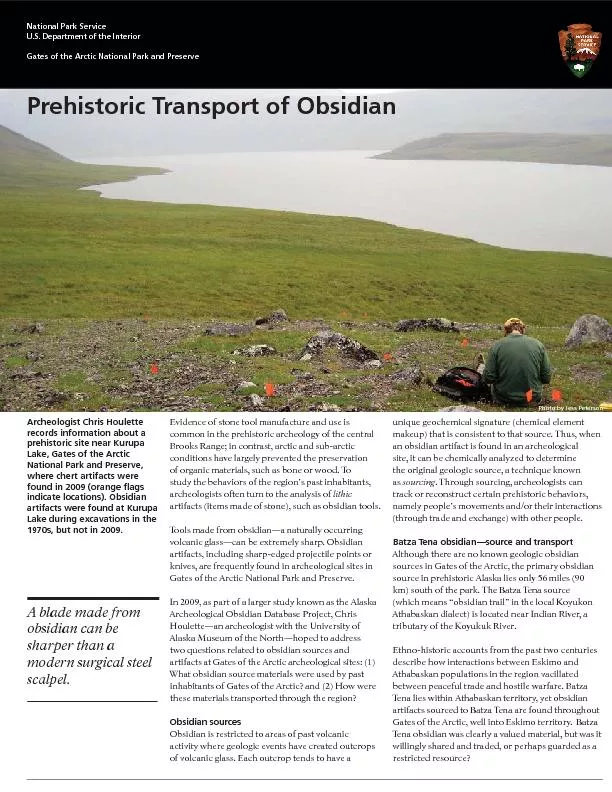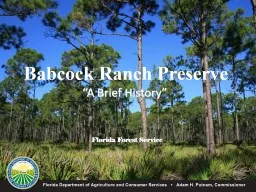PDF-Gates of the Arctic National Park and Preserve
Author : sherrill-nordquist | Published Date : 2016-07-02
Prehistoric Transport of ObsidianEvidence of stone tool manufacture and use is common in the prehistoric archeology of the central Brooks Range in contrast arctic
Presentation Embed Code
Download Presentation
Download Presentation The PPT/PDF document "Gates of the Arctic National Park and Pr..." is the property of its rightful owner. Permission is granted to download and print the materials on this website for personal, non-commercial use only, and to display it on your personal computer provided you do not modify the materials and that you retain all copyright notices contained in the materials. By downloading content from our website, you accept the terms of this agreement.
Gates of the Arctic National Park and Preserve: Transcript
Download Rules Of Document
"Gates of the Arctic National Park and Preserve"The content belongs to its owner. You may download and print it for personal use, without modification, and keep all copyright notices. By downloading, you agree to these terms.
Related Documents














